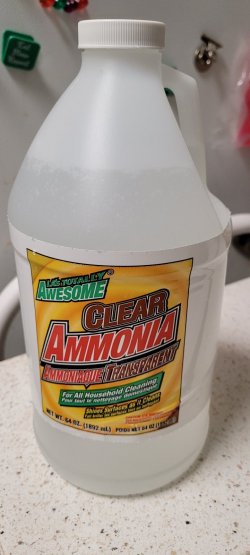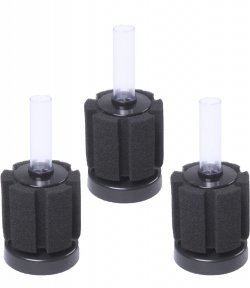Hey y'all 
So I will be setting up 5 & 10gal tanks soon (within about a month or so) and was wondering if it would be okay to run a couple of small sponge filters in my 75gal tank to be transferred to help with cycling. I was also thinking about the same with some decor as well. Thoughts?
I plan on doing fishless cycling and so I purchased some ammonia (see pic). Is this the right kind? I really don't have a clue.
All if this is new to me, any and all recommendations and directions would be greatly appreciated. Thank you!
Edit: These are the filters I have (which I have never used before), is the there anything in particular I need to do to them prior to installing them?
So I will be setting up 5 & 10gal tanks soon (within about a month or so) and was wondering if it would be okay to run a couple of small sponge filters in my 75gal tank to be transferred to help with cycling. I was also thinking about the same with some decor as well. Thoughts?
I plan on doing fishless cycling and so I purchased some ammonia (see pic). Is this the right kind? I really don't have a clue.
All if this is new to me, any and all recommendations and directions would be greatly appreciated. Thank you!
Edit: These are the filters I have (which I have never used before), is the there anything in particular I need to do to them prior to installing them?
Attachments
Last edited:




